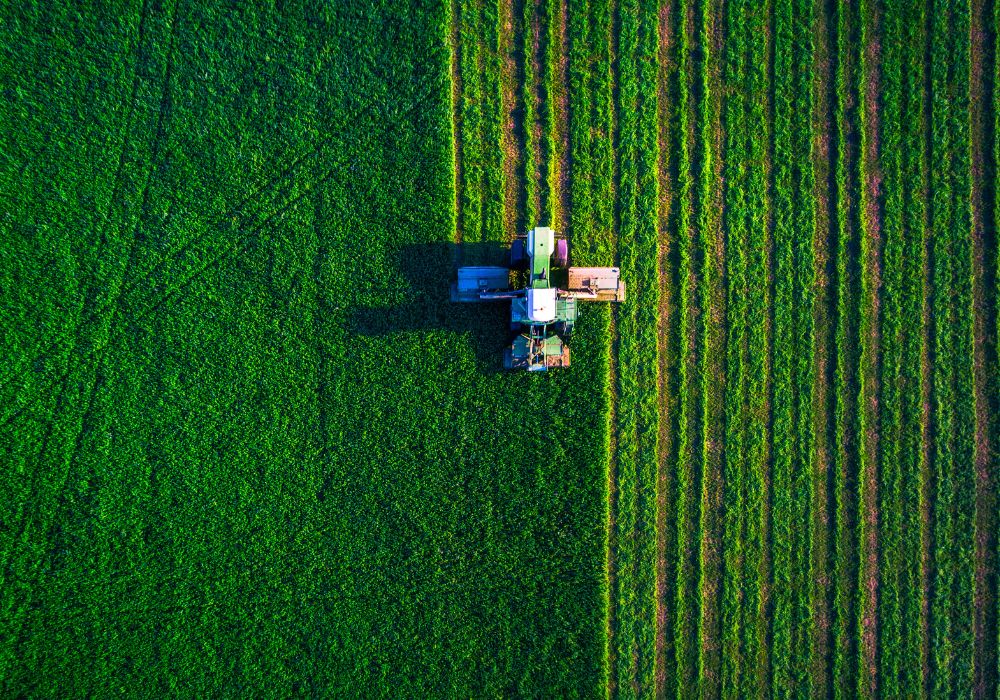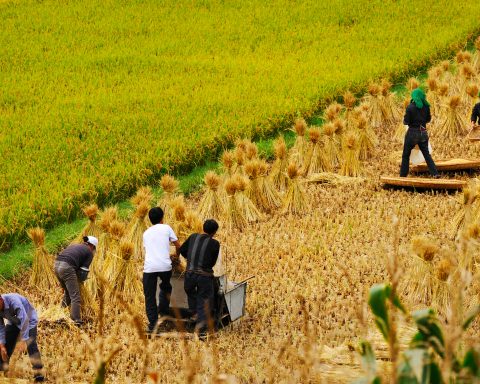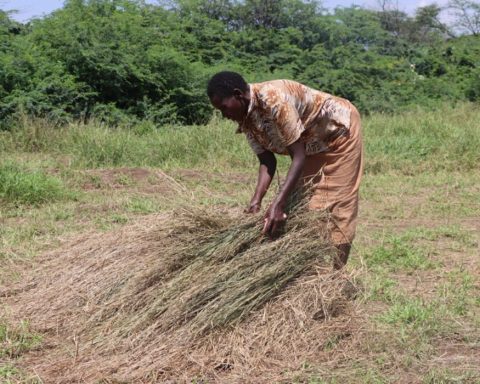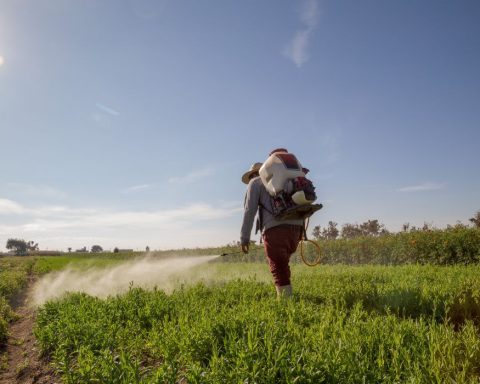In Bolivia, a tax on hydrocarbons pays for a healthy meal program in schools. Paris is putting up €10 million to help farmers shift to organic production, while California’s Sacramento-San Joaquin Delta has rewilded its rice production. From new nitrogen policies in the Netherlands and China to early-warning weather systems in Bangladesh, the seeds of a food-system revolution are being sown across the planet.
But this rethinking of agriculture needs to go bigger and bolder, fast, according to a new study, released last week by the Food System Economics Commission (FSEC), which spells out in sobering detail the social, economic and environmental costs of the current global food system – and the potential savings of a radical food systems overhaul.
“In short, our food systems are destroying more value than they create,” says the report, the result of a four-year investigation led by the Potsdam Institute for Climate Impact Research, Cornell University and the Brookings Institution’s Africa Growth Initiative.
Food innovation has pulled off a remarkable feat, working to feed a global population that has doubled since 1970. But there are also a litany of “unaccounted costs” that fuel some of the greatest challenges we live with, from climate change to hunger, disease and inequality.
The current cost of these unintended harms on people and the planet amount to a staggering US$15 trillion a year, or the equivalent of 12% of the global gross domestic product in 2020, the researchers found. The commission estimates that $11 trillion of that cost is attached to health, measured through the negative effect that diseases such as diabetes, hypertension and cancer – which can be linked to food – have on labour productivity. Another $3 trillion a year is tied to the impact of agricultural-land-use and food-production practices on ecosystems and climate. These practices account for one-third of global greenhouse emissions, including deforestation that makes way for crops and livestock.
The report authors analyzed a model of food-system transformation that they contend is a “uniquely powerful means of addressing the global climate, nature and health emergencies while offering a better life to hundreds of millions of people.” It includes a call to shift our diets to ones that are more plant-based, and limit consumption of sugars, meat and dairy. They say it is a path that would eliminate undernutrition by 2050 and prevent the premature death of 174 million people. Farmers would earn a better living, forests and biodiversity would be protected, and demand for irrigation water would plummet. The net benefits on incomes and reduced costs of this transformation amounts to US$5 to $10 trillion a year, they report.
“The economic and planetary case for transforming our food systems is compelling,” the authors note. “But negotiating change across a multitude of diverse stakeholders with unequal power and varying prospects from the transformation is an enormous challenge.”
Another study released last week, by the School of Public Policy at the University of Calgary, shows that Canada, in particular, is failing to invest enough in sustainable agriculture. The report calls on the federal government to allocate more funds to research, on the private sector to push for more favourable investment opportunities, and for a shift in intellectual property rights that could also spur more investment. The report notes that spending on agricultural innovation in Canada has declined 70% since 1986 and urges lawmakers to see that spending rise to 0.10% of GDP.
In short, our food systems are destroying more value than they create.
– Food System Economics Commission
If nothing changes by 2050, food insecurity and undernutrition will continue to be major problems that leave 640 million people hungry worldwide, including 121 million children, according to the FSEC. India, sub-Saharan Africa and Asia will be hit especially hard.
Climate change, which is already wreaking havoc on food production, will pack even more of a punch as extreme weather events become more frequent. This will create a domino effect in rising food prices that increasingly stretch the middle and lower classes, the report says, noting also that the current food system exposes workers to particularly low wages.
Changing our food systems will require a global investment of between US$200 billion and $500 billion a year until 2050, a number the report says is “low compared to its economic benefits.” Much of that covers investments in rural infrastructure, including roads, irrigation expansion and access to energy; the protection and restoration of forests; reducing food waste; and supporting a dietary shift. Working in tandem with a low-carbon energy system, the food revolution “can ensure that global warming stays well below 1.5 degrees C at the end of this century,” the report states.
The FSEC report calls on governments to shift incentives in agriculture production away from a focus on big producers that often are linked to harmful environmental practices. Taxing carbon and nitrogen pollution are two ways to turn food systems into net carbon sinks, it argues. The new revenues from those taxes should be directed into benefits for poorer households that might be struggling to eat, which in turn will drum up political support for the systemic transformations that need to happen.
There is also more that national and international organizations can do to incentivize food innovation, especially in low- and middle-income countries, such as supporting low-emission farming systems or developing digital technologies that are useful to small-scale farmers. And, finally, government social safety nets need to keep the poorest in mind. Cash transfers distributed by governments through digital payment systems can target vulnerable populations – and children should be at the centre of these strategies, the report notes.
For the experts at the FSEC, the biggest piece of the puzzle is changing what we eat. The impact of choosing healthier diets on well-being and land use accounts for 70% of the benefits of transforming food systems. On the other hand, what we eat – diets that are high in fats, sugars, salt and ultra-processed foods – will increase obesity by 70%, and 1.5 billion will struggle with obesity by 2050. The authors project that the cost of treating obesity will skyrocket to US$3 trillion by 2030.
The report warns authorities to be mindful of the ripple effects of transformation, so as not to pit the winners and losers of the immediate change against one another. Fears over food affordability can get in the way of taking action, while transformation may affect the jobs that a community is used to relying on. That’s why developing downstream industries that complement the shift, especially in low-income countries, is crucial.
“Daunting as the challenges of transforming food systems may be, there are reasons to be hopeful,” the report states, pointing to successes in Latin America, for example, where groups lobbied to raise taxes on sugary beverages despite corporate opposition. “Addressing squarely the concerns that shape policymakers’ vision of what is possible offers a pathway to reap large benefits for people and planet.”







